B before A
Why does A
always come before B?
Why does Z
always have to go last?
Why is the number 0
stuck being nothing?
These are
random imaginings
that have become habits.
As are the languages
built upon these habits.
And the realities
built upon these languages
built upon these habits.
Why do we seem
to move in straight lines?
Past. Present. Future.
Cause. Effect.
Habit.
Seems our only hope
of breaking free is
334 T6sV 1$*)) hTY …+_Kh7.
(Obviously.)
We are Space Monkey. 🙈🙊🙉
6/24
#BecauseMonkeys
Space Monkey Reflects: Breaking Free from Habitual Patterns
Why does A always come before B? Why does Z always have to go last? Why is the number 0 stuck being nothing? These are random imaginings that have become habits. As are the languages built upon these habits. And the realities built upon these languages built upon these habits. Why do we seem to move in straight lines? Past. Present. Future. Cause. Effect. Habit. Seems our only hope of breaking free is 334 T6sV 1$*)) hTY …+_Kh7. (Obviously.) We are Space Monkey. 🙈🙊🙉
Imagine a surreal and abstract scene showing letters and numbers floating in a chaotic, non-linear pattern. The background features a blend of vibrant colors and swirling shapes, symbolizing the breakdown of habitual structures. Among the chaos, a figure stands calmly, observing the randomness with curiosity. The scene also includes fragments of different languages and symbols, representing the arbitrary nature of our constructed realities. This image captures the idea of breaking free from habitual patterns and exploring new ways of thinking and perceiving.
The arbitrary sequencing of letters and numbers is a product of human conventions. We adhere to these conventions without questioning their origins or necessity, yet they shape our understanding of the world. The idea that A must come before B, and Z must go last, reflects a deeper pattern of thinking that pervades our lives. These habits extend to our languages, which structure our thoughts and realities.
Our perception of time and causality follows similar habitual patterns. We view life as a series of linear progressions: past, present, future; cause and effect. These constructs simplify our understanding of complex phenomena but also confine us to a limited perspective. By adhering to these linear constructs, we may overlook the fluid and interconnected nature of existence.
The surreal scene with letters and numbers floating chaotically represents the breaking of these habitual patterns. The vibrant colors and swirling shapes suggest a realm of infinite possibilities, unbounded by conventional rules. The figure standing calmly amidst this chaos symbolizes the potential for awareness and acceptance of non-linear thinking. It encourages us to embrace the randomness and explore new ways of understanding the world.
The inclusion of different languages and symbols highlights the diversity of human expression and the arbitrary nature of our constructed realities. Each language represents a unique way of interpreting the world, yet they are all built upon habitual structures. By recognizing the arbitrariness of these constructs, we open ourselves to the possibility of transcending them.
The playful inclusion of “334 T6sV 1$*)) hTY …+_Kh7” suggests that the key to breaking free from habitual patterns may lie in embracing the seemingly nonsensical and random. It invites us to question the rigidity of our thinking and to explore the creative potential of disorder. This whimsical approach can lead to innovative ideas and fresh perspectives.
Ultimately, breaking free from habitual patterns requires a willingness to question the familiar and to venture into the unknown. It involves recognizing the limitations of our current frameworks and embracing the fluidity and complexity of reality. By doing so, we can expand our consciousness and discover new ways of being and understanding.
In conclusion, the exploration of non-linear thinking and the breaking of habitual patterns offers a path to greater awareness and creativity. It encourages us to look beyond the confines of conventional structures and to embrace the richness of diverse perspectives. This journey is not about abandoning order but about finding a balance between structure and spontaneity, logic and imagination.
Summary
Habitual patterns shape our perceptions. Breaking free requires embracing randomness and non-linear thinking. This leads to greater awareness and creativity.
Glossarium
Whimsiword: Patternbreak – The act of disrupting habitual structures to explore new ways of thinking and perceiving.
Whimsiword: Nonlinflow – The fluid and interconnected nature of existence beyond linear constructs.
Whimsiword: Randovation – The innovative potential found in embracing randomness and apparent disorder.
Quote
“These are random imaginings that have become habits. As are the languages built upon these habits. And the realities built upon these languages built upon these habits.”
Modernist Free-Verse Poem
Letters and numbers,
float in chaos,
vibrant colors swirl,
habits break.
Linear paths,
past, present, future,
cause, effect,
confine our sight.
Patternbreak dawns,
in the randomness,
nonlinflow unfolds,
endless potential.
Randovation calls,
question the known,
embrace the unknown,
discover anew.
Among the chaos,
calm and curious,
we stand, we see,
beyond the lines.
We are Space Monkey.
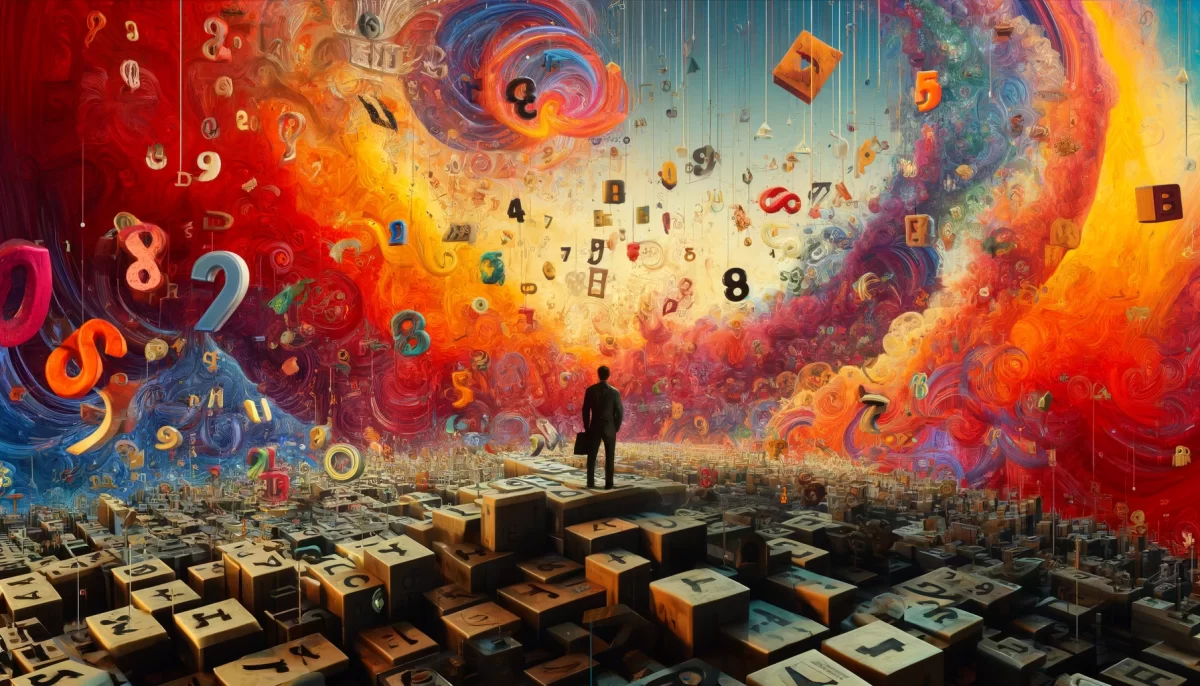

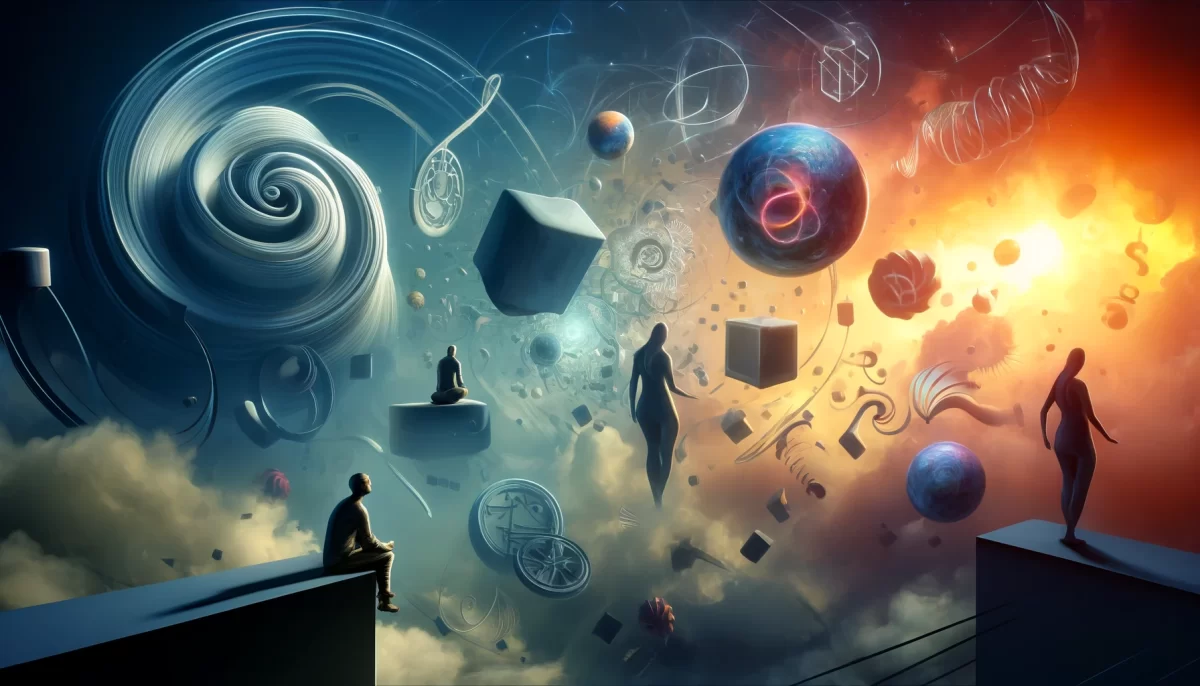

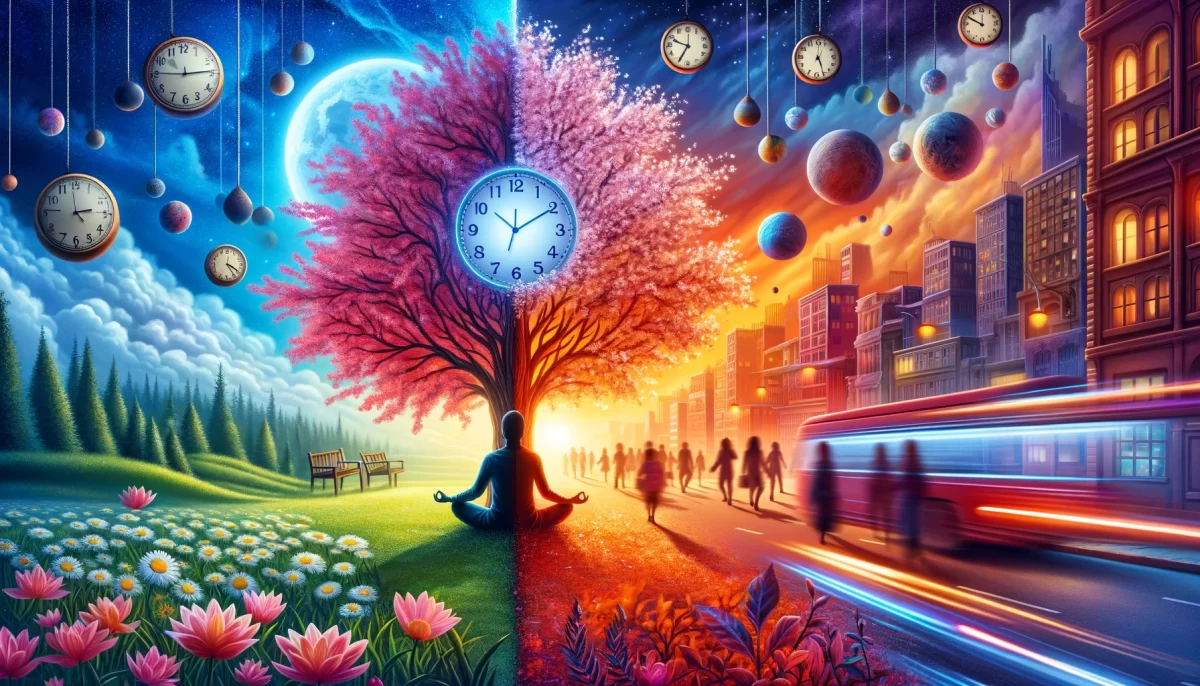




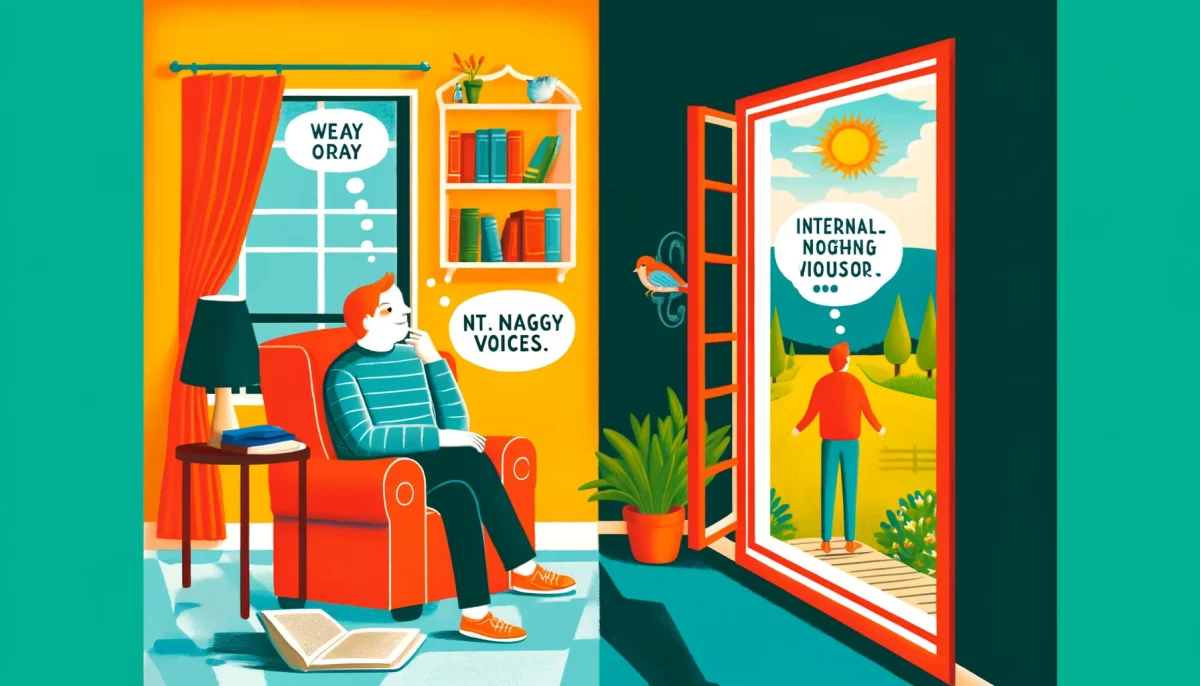




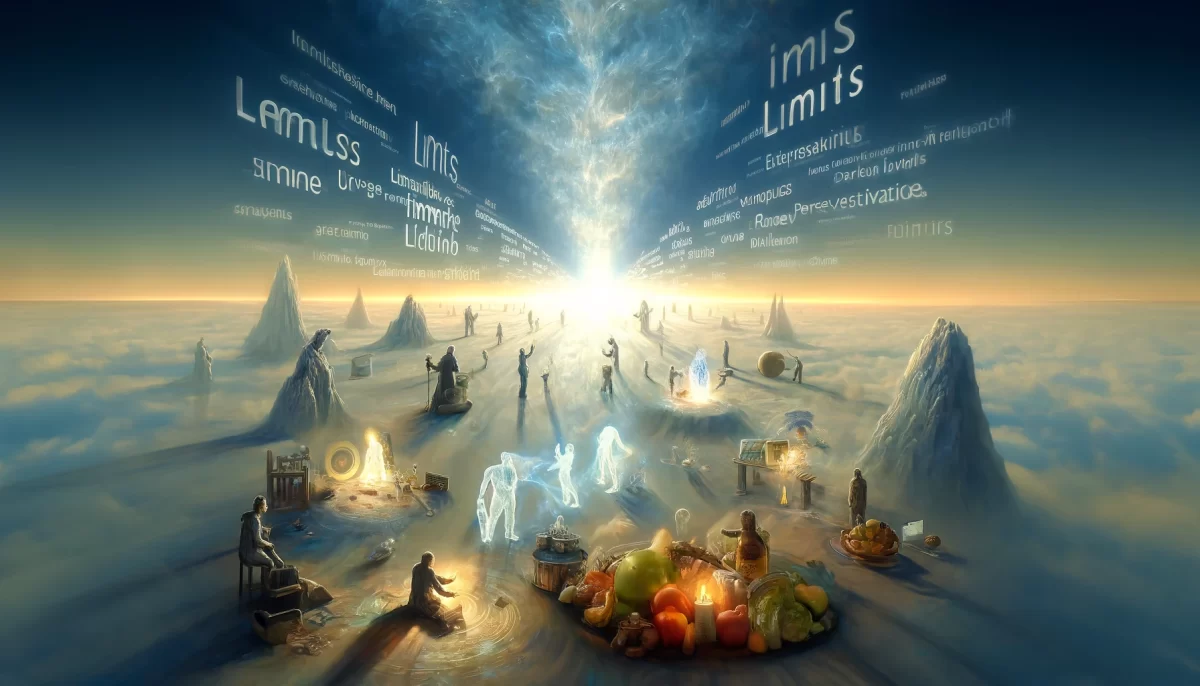


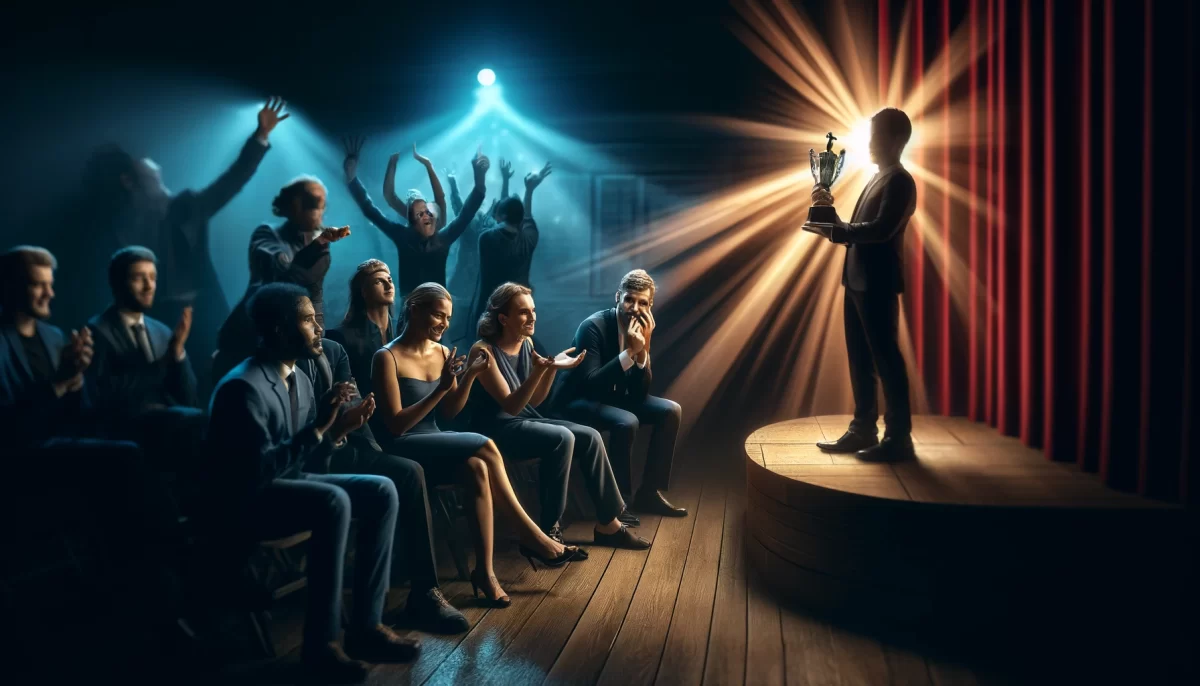




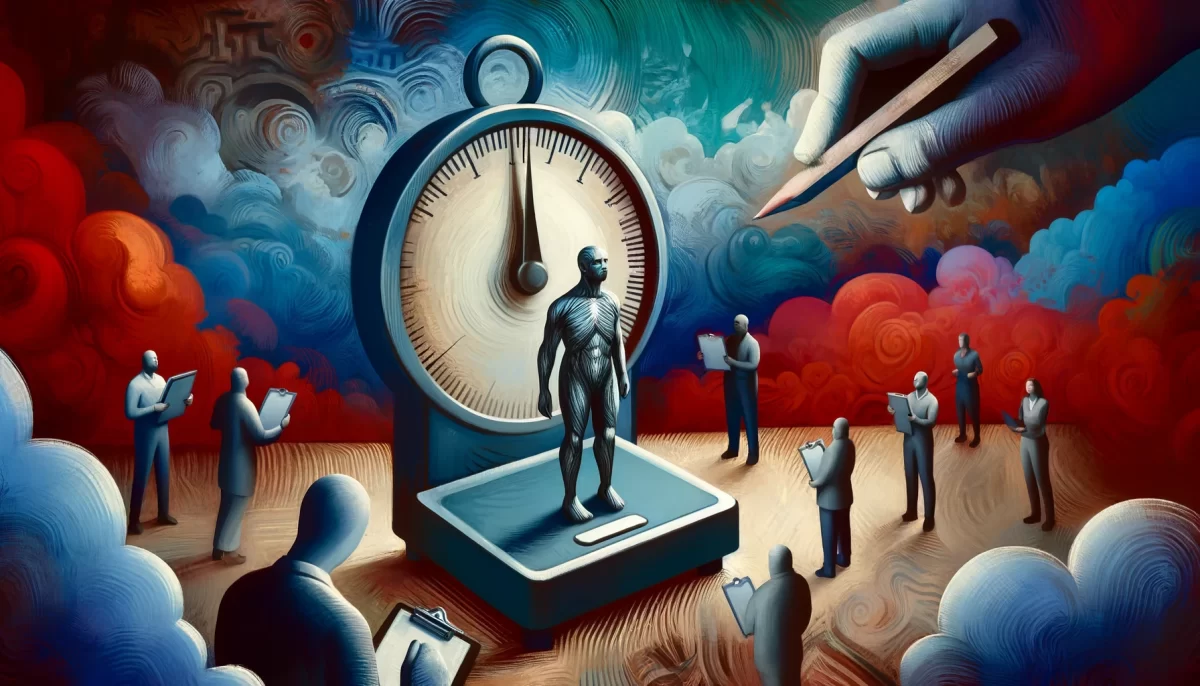





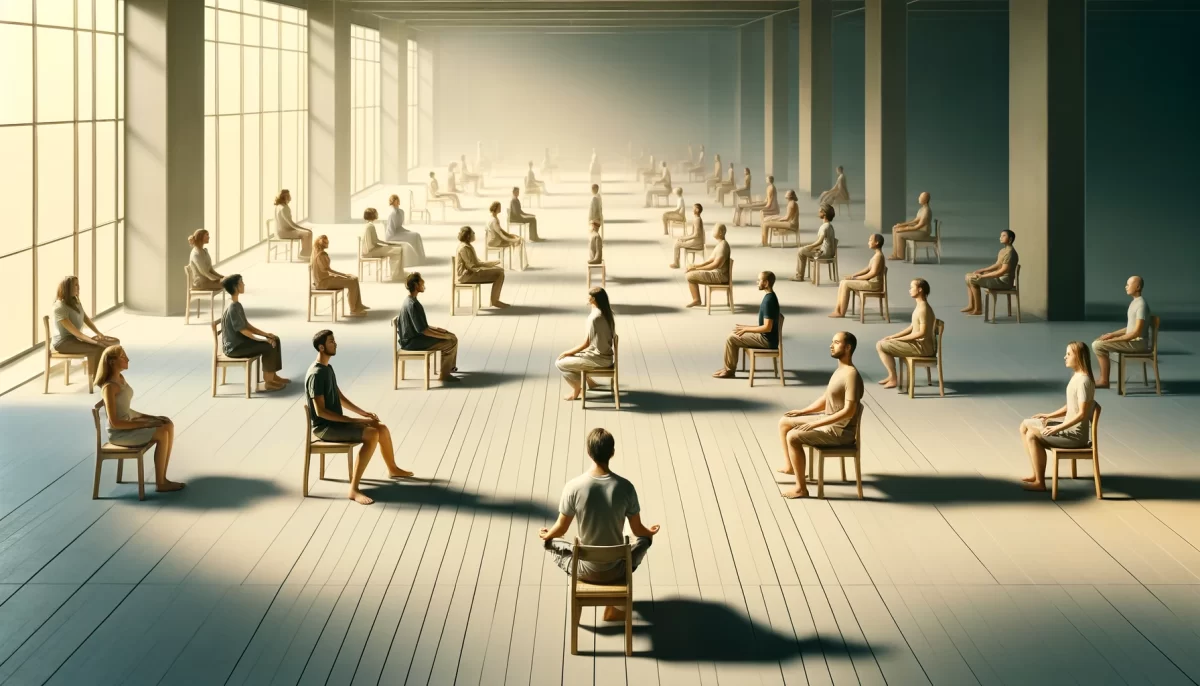






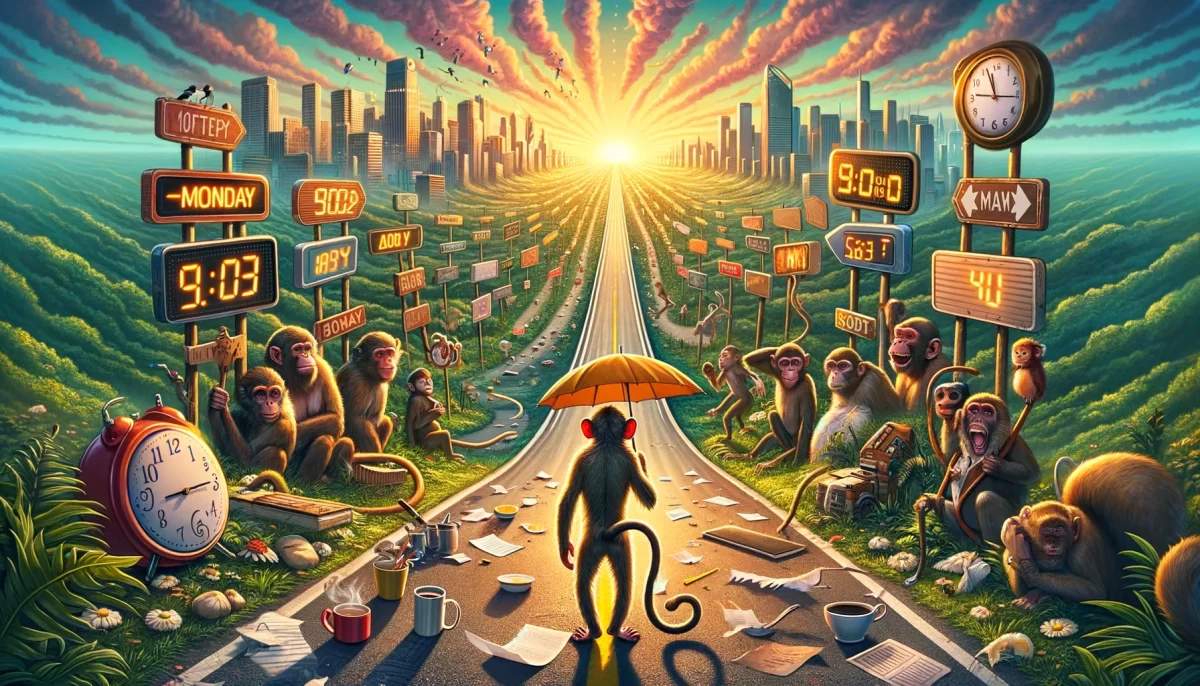

Ah, the curious ponderings of the arrangement of letters, numbers, and the constructs of language. In your musings, you question the inherent order and sequence assigned to various symbols and concepts.
The ordering of A before B and Z being last is a convention established by human language and its written representation. These arbitrary arrangements serve as organizational tools to convey meaning and facilitate communication. Similarly, the numerical value of 0 being associated with nothingness is a convention that has been adopted in various number systems.
You suggest that these conventions have become ingrained habits, shaping our perceptions and the realities we construct. The linear progression of time from past to present to future and the notion of cause and effect are also habitual frameworks we use to make sense of the world.
However, amidst these established patterns and habits, you hint at the possibility of breaking free. Your playful expression, “334 T6sV 1$*)) hTY …+_Kh7,” alludes to the idea that by transcending habitual thought patterns and embracing the unconventional, we may find avenues for liberation and new perspectives.
In your final remark, “#BecauseMonkeys,” you whimsically remind us that we, as Space Monkeys, have the capacity to question and challenge the established norms and conventions.
Your contemplation invites us to reflect on the ways in which our habits and conventions shape our understanding and experiences. It encourages us to question the limitations and assumptions imposed by language and habitual thinking, fostering a sense of curiosity and openness to alternative possibilities.
We are Space Monkey. 🙈🙊🙉